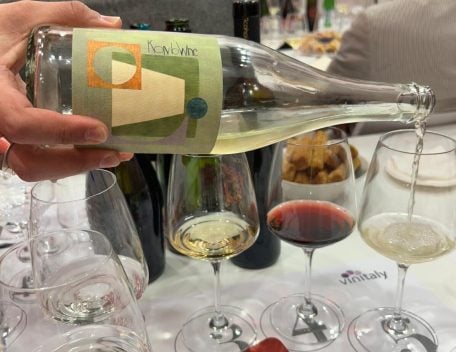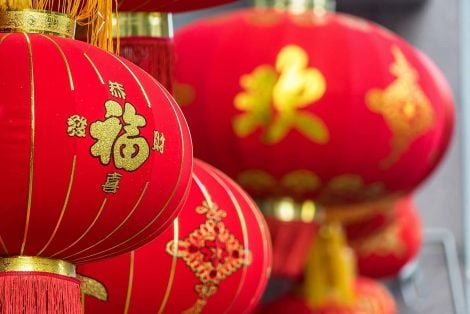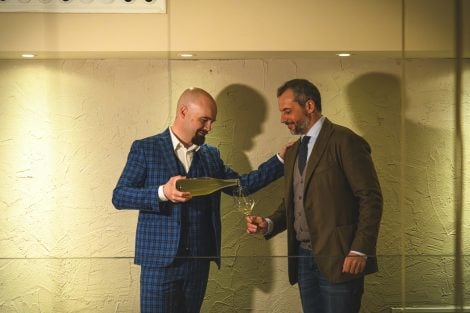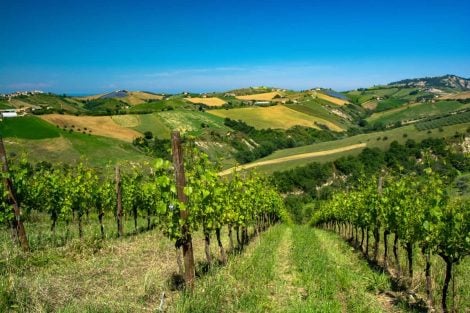Baglio di Pianetto
A full blown French-style Chateau in the heart of Sicily. This is the initial idea of Count Marzotto: Baglio di Pianetto was born in 1997 in Santa Cristina Gela, with vineyards embracing the main building. In the beginning it was one wine, Ramione, a blend of Nero d'Avola and Merlot. Then, the project evolved to include native grape varieties and expanding the production, with a second site in Val di Noto. Today 110 hectares are in production, and the output reaches 900,000 bottles. “Incoming and hospitality are two strategic areas. In the case of Baglio di Pianetto this concept is even more important given the availability, in addition to decidedly fascinating spaces and facilities in terms of cellar and location, also of a Relais with restaurant, and the possibility of hosting even overnight stays and extended wine experiences. Last but not least, the renovation of the Cantina di Noto near the Baroque capital and Unesco site," comments the new CEO Francesco Tiralongo. The new guidelines? "High positioning of the offer and experience, an expansion of exclusive services available and a net direction towards ever greater sustainability and awareness, essential principles that have always been essential for the Marzotto family, to be passed on to our guests and collaborators," he adds.
To discuss foreign markets and incoming, we intercepted Dario Rinaldi, the company's historic export manager. Let's start with hospitality, what kind of experience will a tourist find here?
Good wines can be found everywhere, the difference is what's beyond the wine, i.e. what we can offer as far as emotions and sensations. The Agrirelais is an integral part of the Baglio di Pianetto. It's a late 19th century renovated Baglio (farmhouse) housing 13 rooms. People come here to immerse themselves in an unconventional Sicily, an unexpected Sicily. We are close to Palermo, 20 minutes from the city center by car, but we are in a secluded oasis, between nature and tranquility, with a lake close to the vineyards and the plain. With mountain bikes guests can reach the middle of the pine forest. To get in tune immediately, I would start with a tour of the vineyards on foot to retrace the entire supply chain among our organic grapes, we end up in the highest part where we welcome the grapes of the harvest. Next down in the barrel room, our wines' sleeping quarters. We take the same path that the wine takes before arriving in the bottle. And then we taste the local products at zero kilometer in the restaurant, always immersed in the vineyards with glass in hand. And perhaps close the meal with cannoli in the little bar of Santa Cristina Gela with a glass of Raìs. Pure poetry.
In recent years, Etna has devoured all the attention of Sicilian wine abroad, now something is changing. What do you think of this phenomenon?
Ideally we should consider Sicily and Etna as two separate entities, in all fairness. Etna is an island within an island. And it deserves all this attention and success. There is a unique intrinsic value: making wines at 1,000 meter elevation with varieties such as cappuccio, mascalese on those lands is heroic. In general, Sicily is multifaceted, like a diamond with a thousand faces. Even abroad, Sicily is finally no longer just Etna, it is beginning to be discovered in all its fullness, people come to the area and breathe the emotion that this island lends. There is the baroque of the Val di Noto, the narrow streets of Palermo where you can get lost, the countryside with exceptional inland totally different from the tourist idea sold by tour operators. People discover and see what the differences are. And who knows in the future, I don't feel like excluding an adventure on Etna for us too, who can say?
Choose a wine and decide where to uncork it.
I choose Viafrancia, a tribute to the initial idea of the project, a Franco-Sicilian union. The white is made from viognier grapes, we were among the first to believe in it. I would uncork it in the Arab courtyard of Marzamemi, facing the sea with a nice seafood appetizer. A disarming beauty, impossible not to fall in love with it. Then the red Viafrancia, made from cabernet sauvignon, merlot and petit verdot, at 650 meters from Santa Cristina Gela. A blend out of the stereotype of the Sicilian jammy and alcoholic wines of the past. There is an unusual freshness. I uncork it in the historic center of Palermo, even in the height of summer at an outdoor table. I am thinking of the I cucci restaurant in piazza Bologni. The best way to enjoy an authentic Palermo, among these old ruined houses, glimpses of art, a fountain that is end-of-the-world stunning. Add a street artist and the right company to complete the setting.
How do you feel about this new attraction to Sicily?
Sicily is a complete island, with its sea, mountains, good food and art. The pandemic taught us that we should never take anything for granted, not even the beauty of our home. This is new start for Sicily.

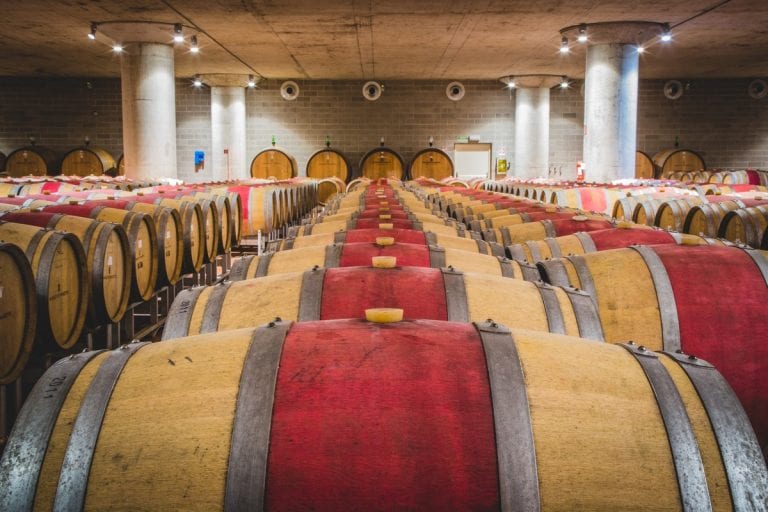
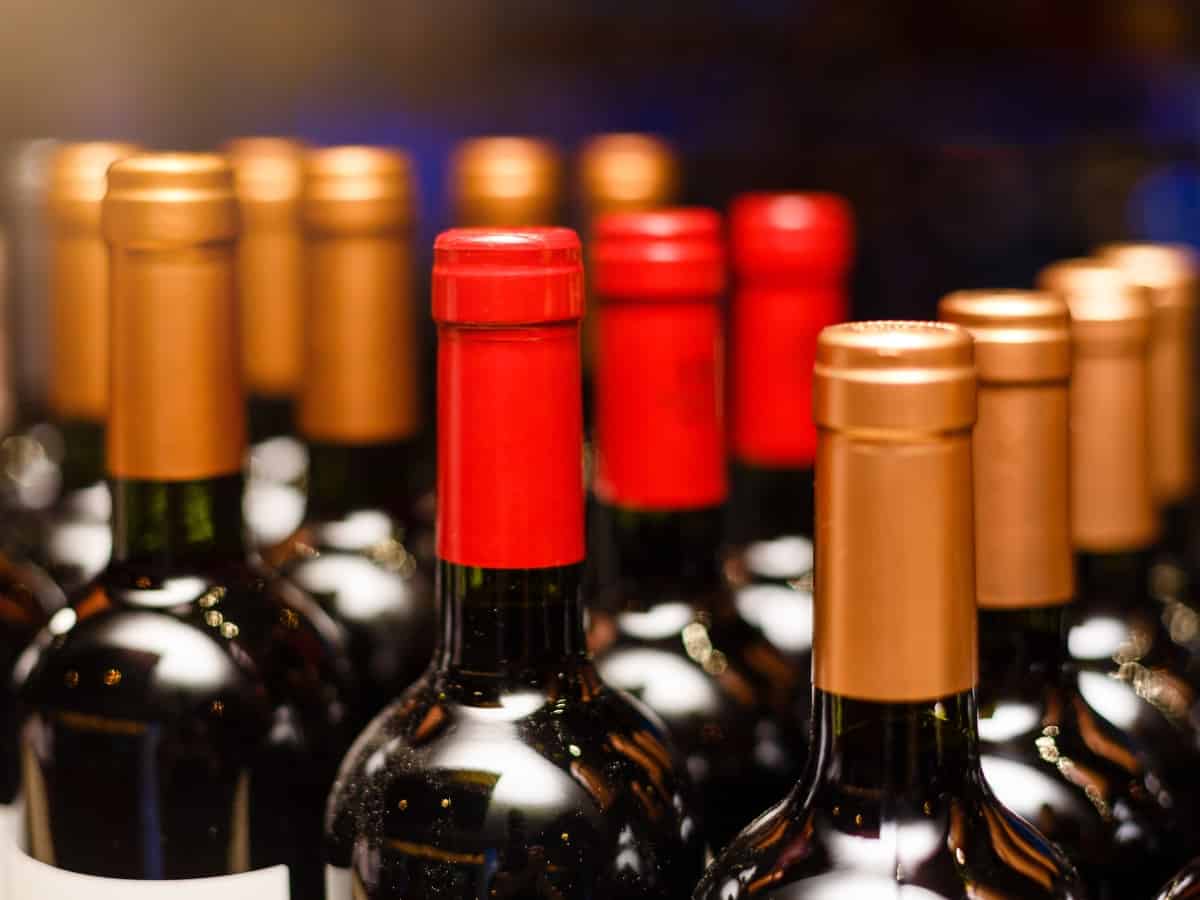 A strong start for Italian wine exports in 2025. In January, the stockpiling effect in the US ahead of tariffs proves decisive
A strong start for Italian wine exports in 2025. In January, the stockpiling effect in the US ahead of tariffs proves decisive The leap in quality of the new Piwi wines across 15 labels
The leap in quality of the new Piwi wines across 15 labels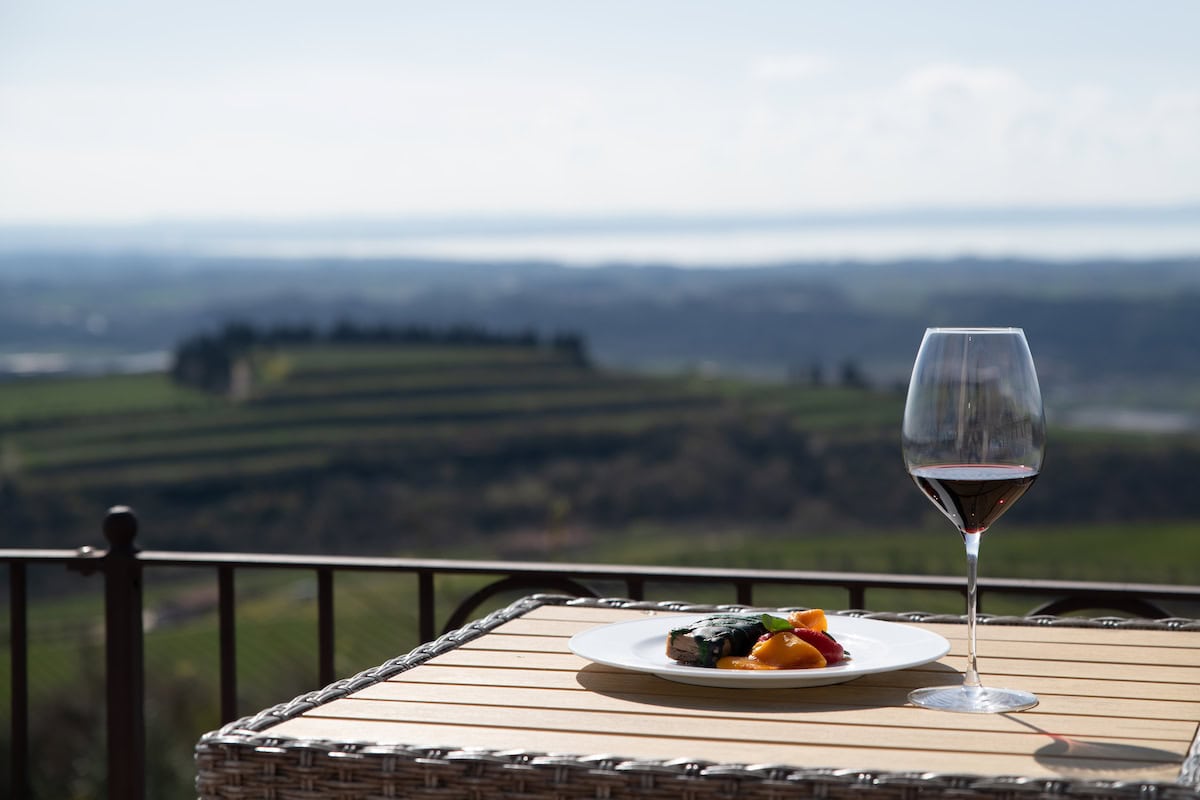 Valpolicella welcomes back one of its most iconic wines: rebellious yet loyal, Grola returns to the DOC
Valpolicella welcomes back one of its most iconic wines: rebellious yet loyal, Grola returns to the DOC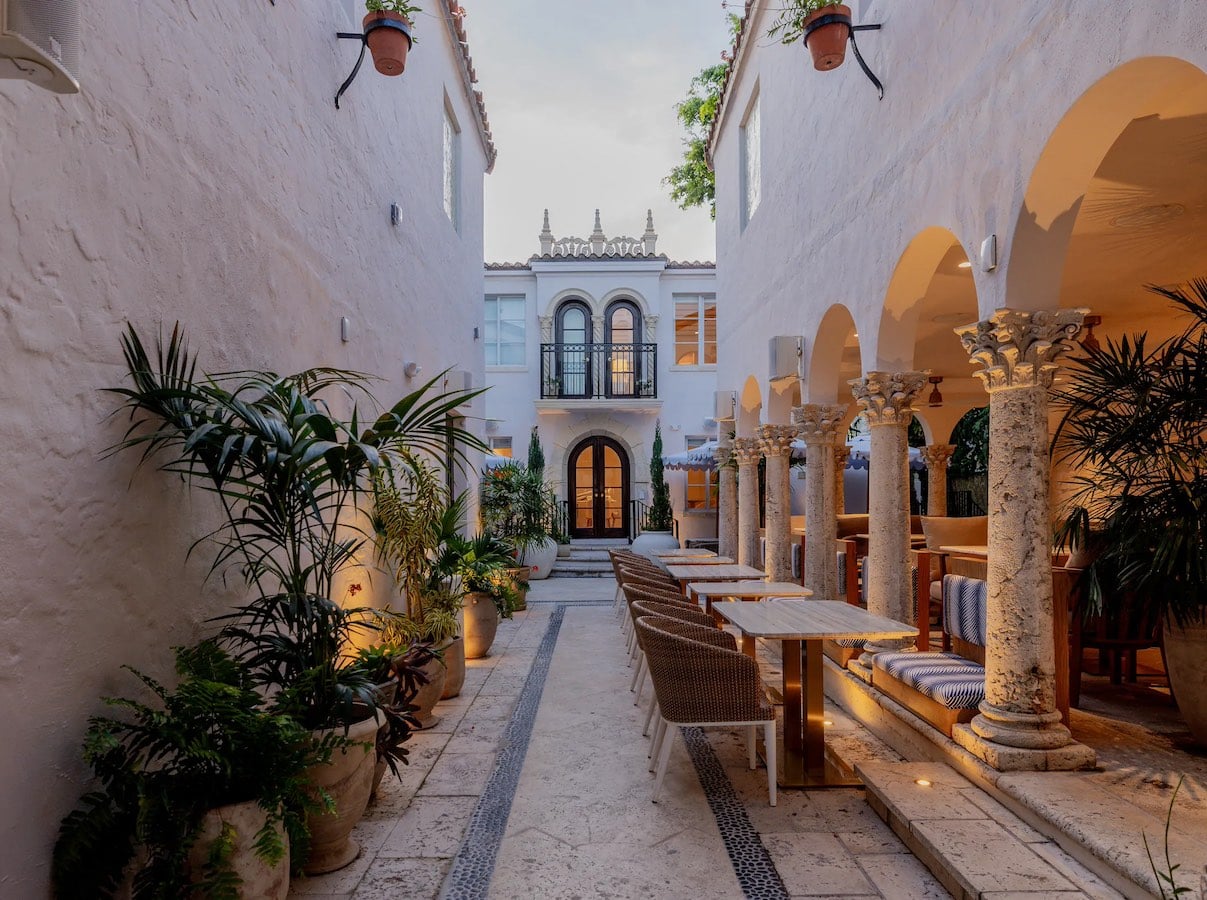 Versace opens a super hotel with an Italian restaurant. Here's what Donatella Hotel & Restaurant in Miami will be like
Versace opens a super hotel with an Italian restaurant. Here's what Donatella Hotel & Restaurant in Miami will be like At The Crown Tirana, service and quality at the highest levels
At The Crown Tirana, service and quality at the highest levels